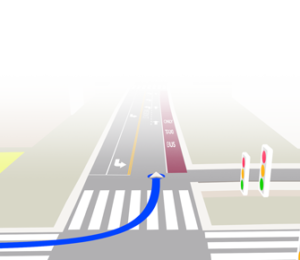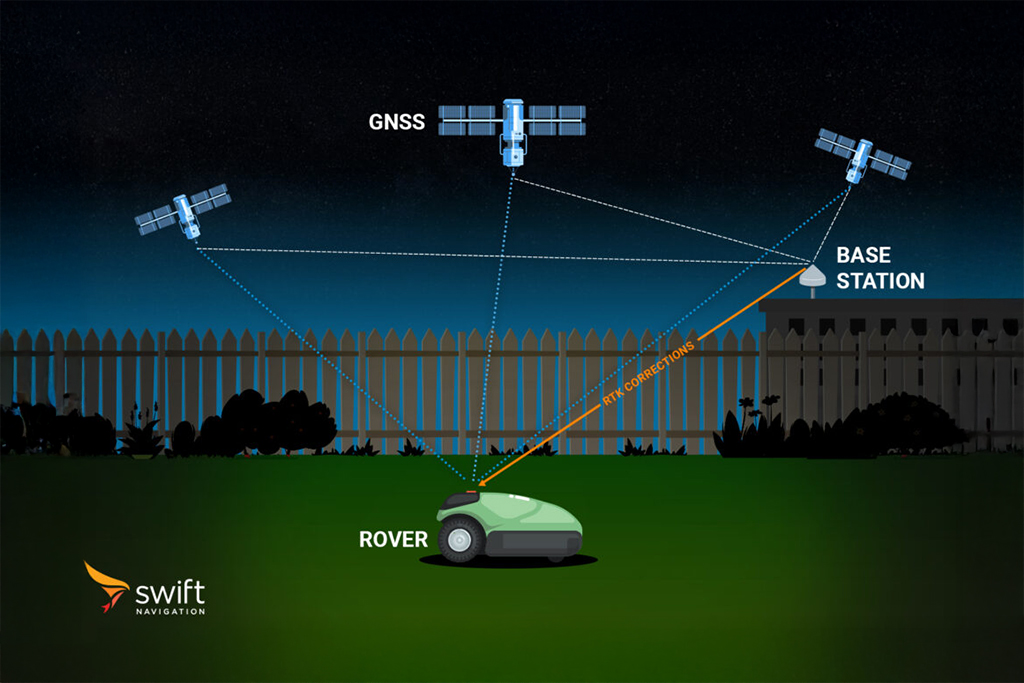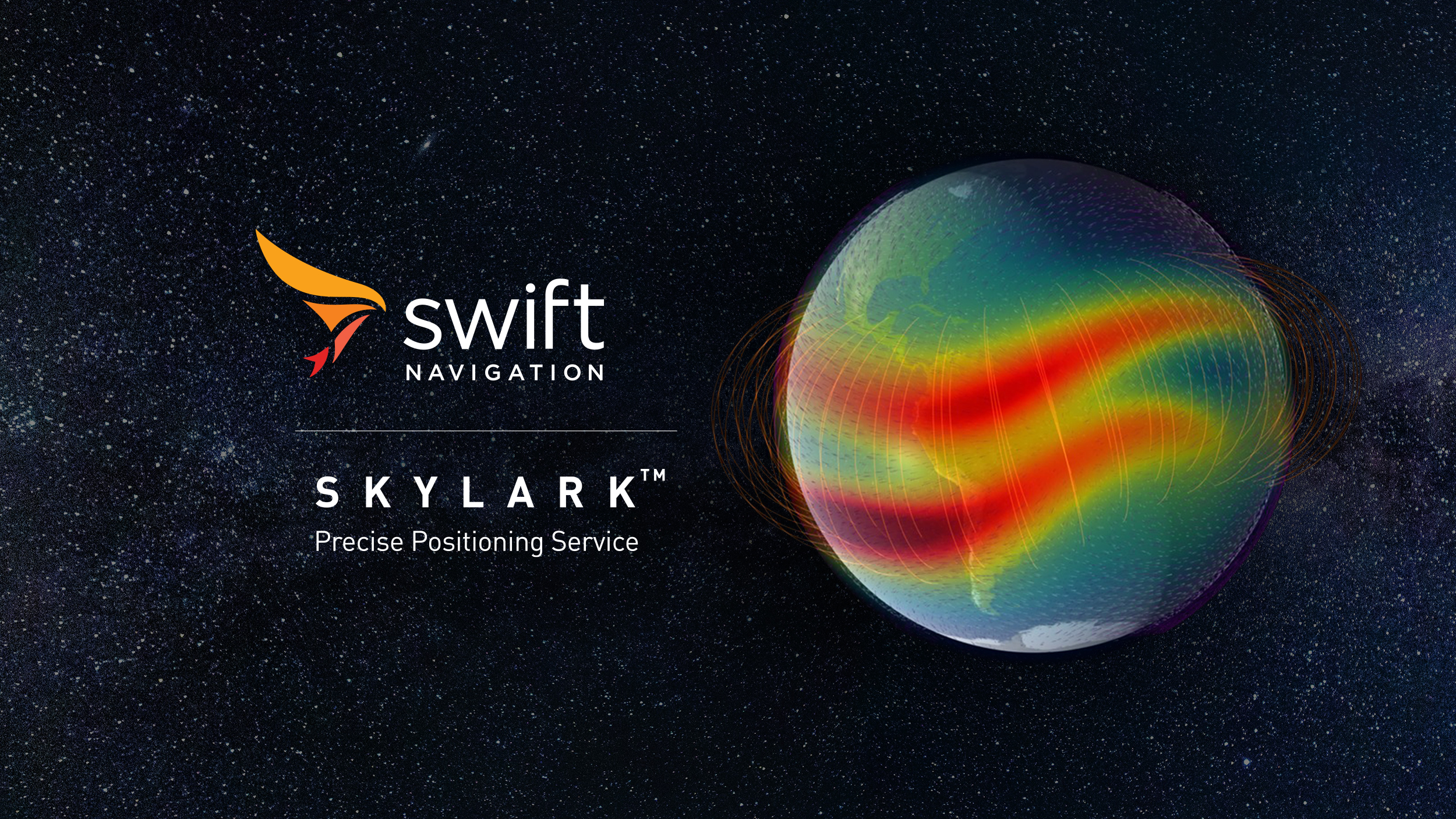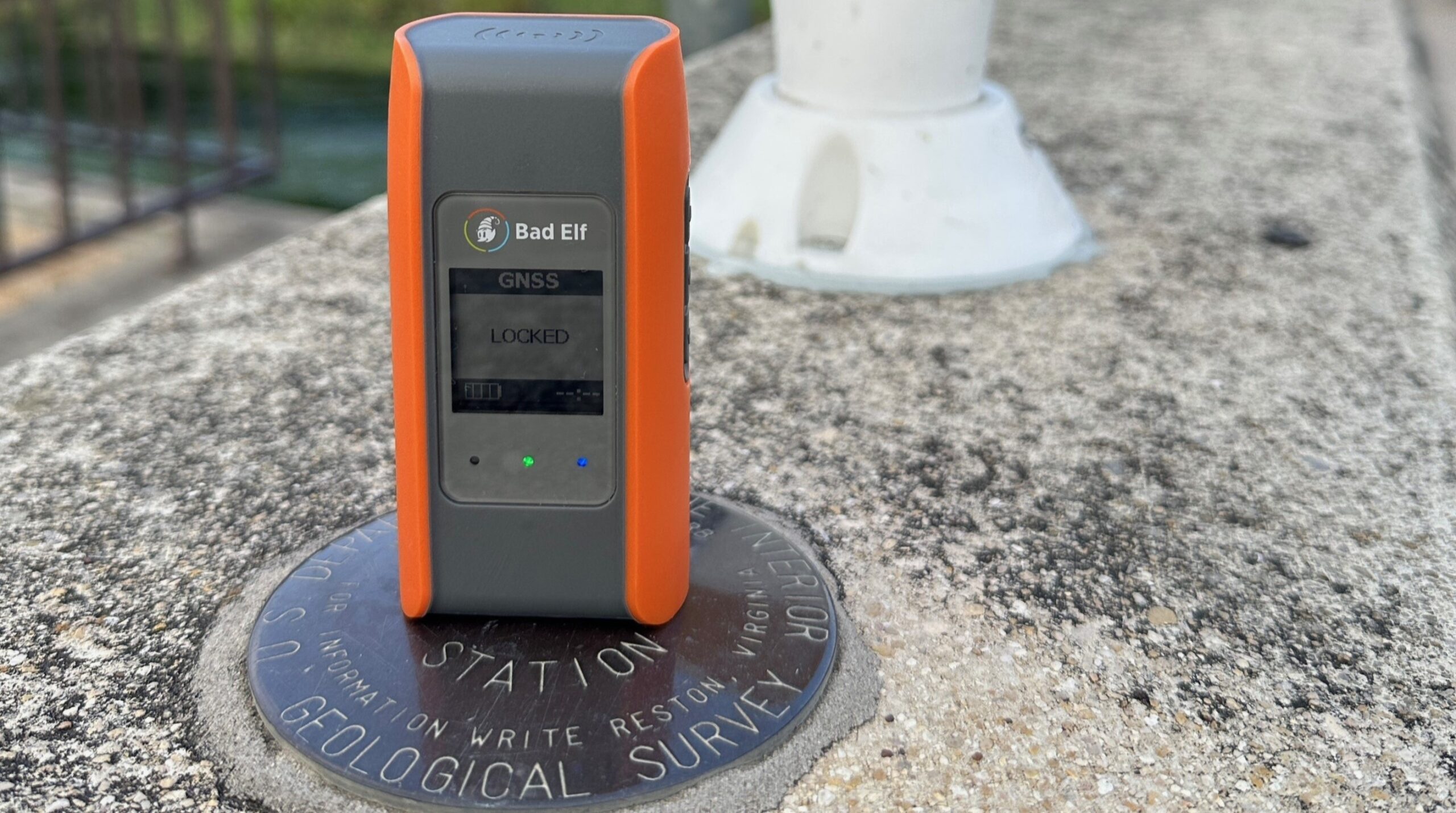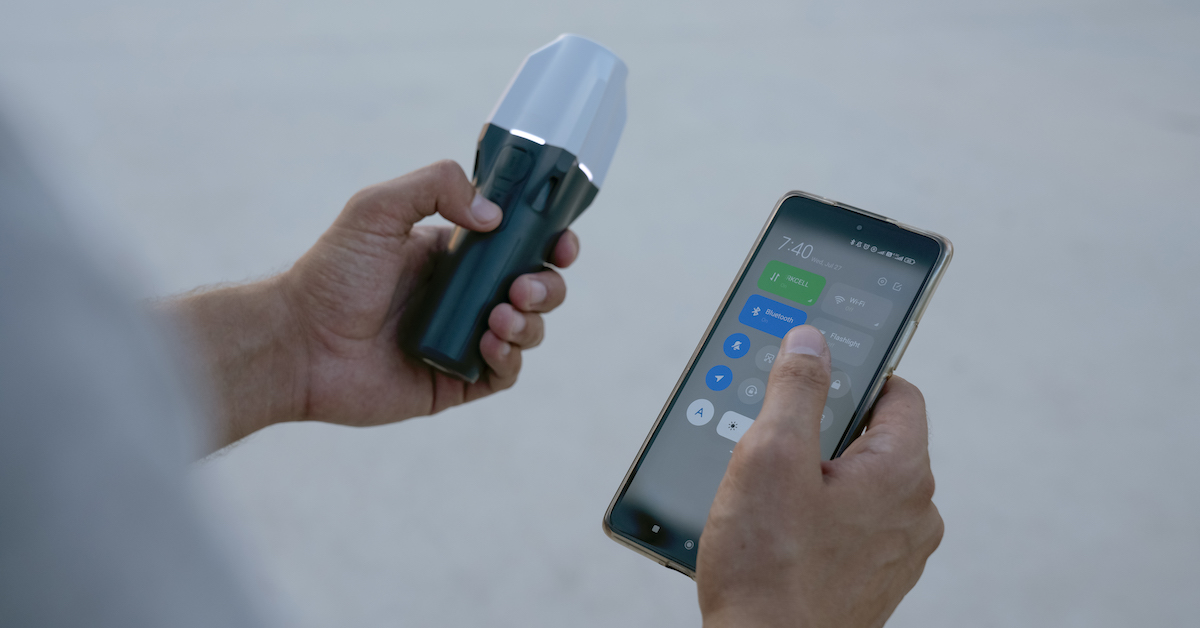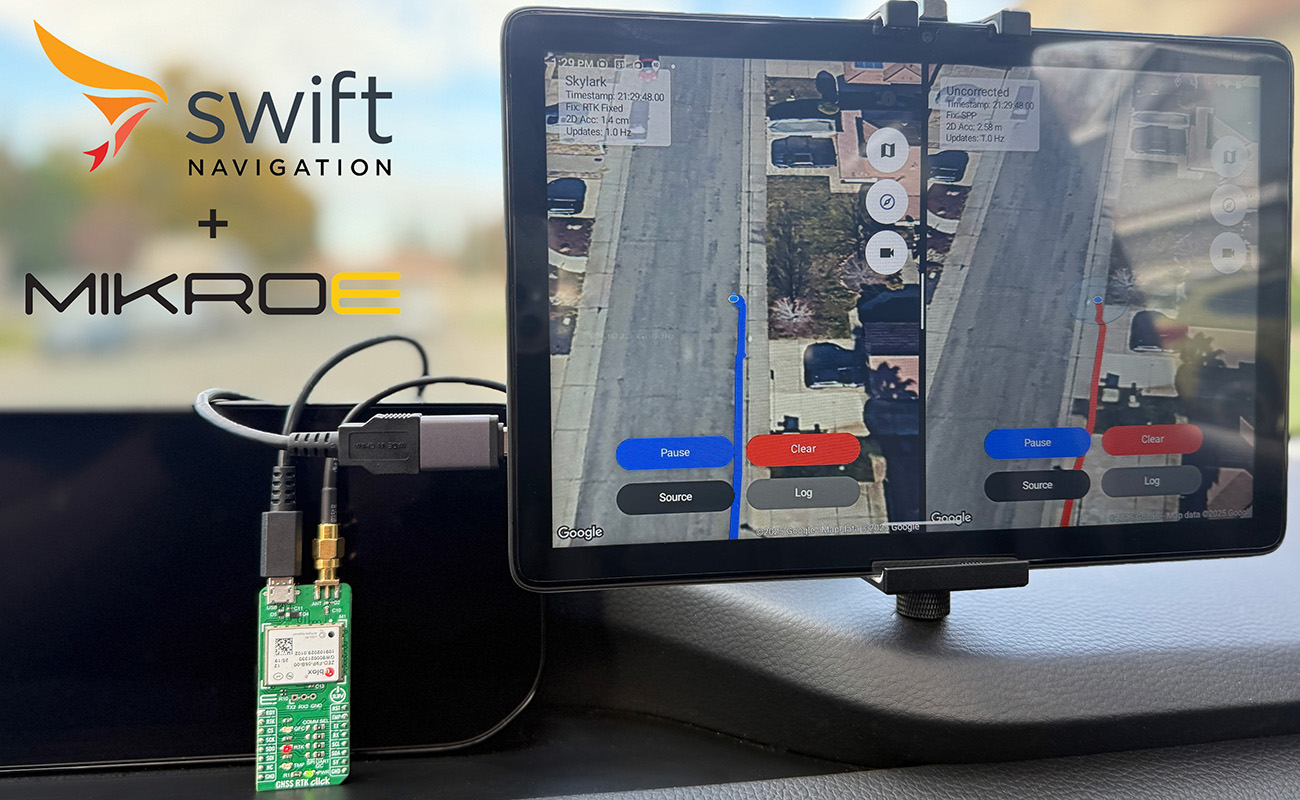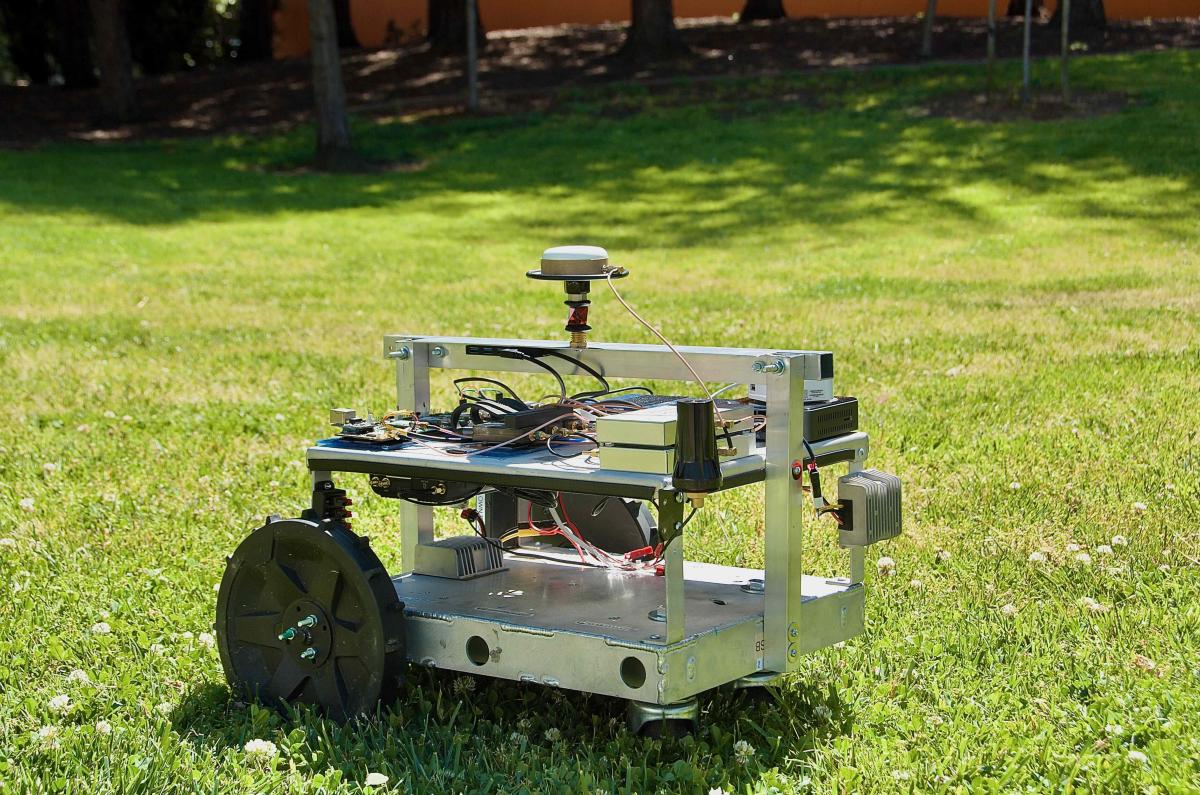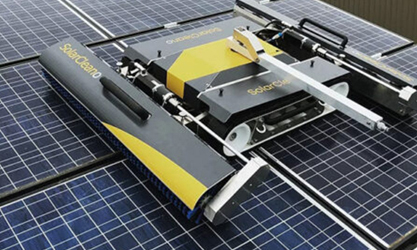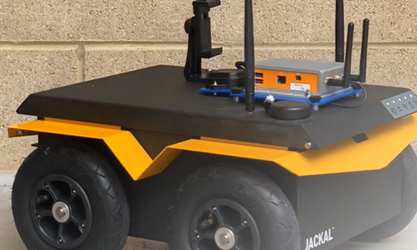What is Time To First Fix?
Time to First Fix (TTFF) is the amount of time required for a GNSS receiver to acquire sufficient satellite signals and calculate its initial position solution after being powered on, reset, or recovering from signal loss. Time to first fix is a key performance metric for GNSS systems, indicating how quickly a device can begin providing accurate positioning information, which is especially important in time-sensitive applications such as automotive navigation, robotics, and asset tracking.
Time to first fix can be influenced by several factors, including:
- Satellite Data Availability: Whether the receiver has access to recent satellite almanac and ephemeris data, which describe satellite positions and orbits.
- Prior Position and Time Knowledge: Receivers with stored information about their last known location and the current time can acquire a fix more rapidly.
- Environmental Conditions: Open sky conditions enable faster acquisition, while urban canyons, forests, or indoor environments may cause delays due to signal obstruction or multipath effects.
- Receiver Design and Processing Power: The efficiency of the receiver’s hardware and firmware can directly affect time to first fix performance.
There are three main scenarios for TTFF:
- Cold Start: The receiver has no stored information on position, time, or satellite data, and must search the entire sky for satellites, download almanac and ephemeris, and compute its initial fix. Cold start time to first fix is the longest, often taking several minutes.
- Warm Start: The receiver retains partial data, such as almanac or a recent approximate position, but may lack current ephemeris. Acquisition time is shorter than a cold start, typically under a minute.
- Hot Start: The receiver maintains recent ephemeris, position, and time data. Only minimal signal acquisition is needed, enabling the shortest time to first fix—often just a few seconds.
Shorter time to first fix enhances user experience and overall system performance. In high-dynamic or safety-critical environments, rapid TTFF is crucial for ensuring positioning data becomes available quickly after power cycles, resets, or signal interruptions.
Manufacturers often report time to first fix under standardized test conditions, but real-world performance can vary based on the receiver’s environment and usage scenario.
Related Content
GNSS Basics

Devon Sharp

Marwan Ramadan

Marwan Ramadan

Devon Sharp

Devon Sharp

Marwan Ramadan

Devon Sharp

Marwan Ramadan
GIS

Devon Sharp

Devon Sharp
ROBOTICS

Marwan Ramadan

Emilee Pierce








